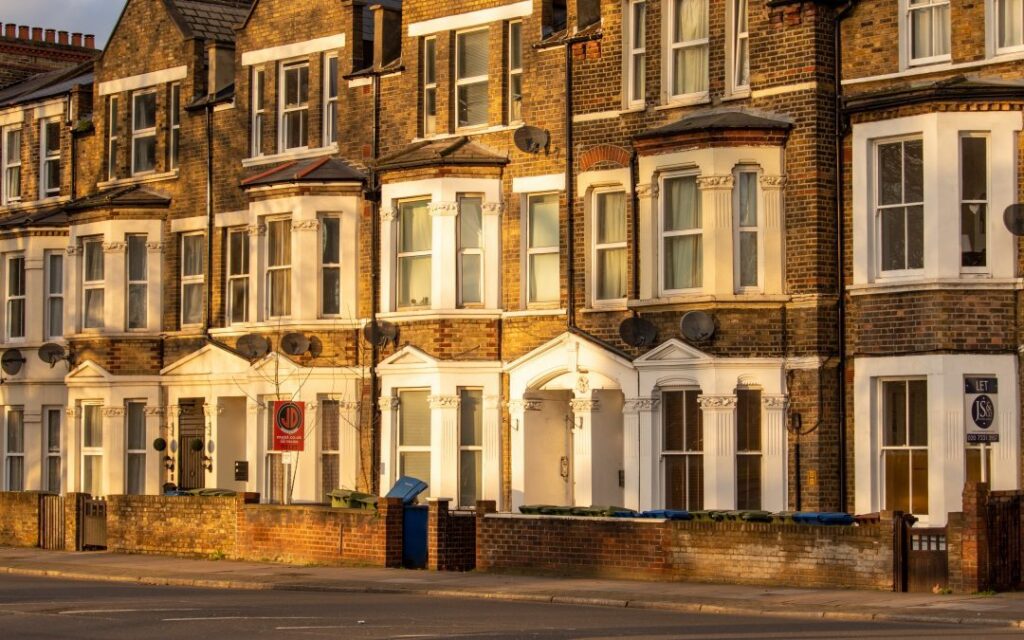If you’re buying a flat in Liverpool, getting a HomeBuyer Report is a smart move. It helps you understand the visible condition of the property, so you can make a more informed decision before committing to the purchase.
But while the survey offers valuable insights, it’s also important to know what it doesn’t cover. Let’s take a closer look at what a Level 2 HomeBuyer Report will—and won’t—tell you.
Why You Need a Survey When Buying a Flat
Whether you’re a first-time buyer or expanding your property portfolio, a buyer survey in Liverpool gives you a clearer picture of what you’re investing in.
The Level 2 HomeBuyer Report is the most common type of survey for flats and properties in reasonable condition. It’s designed to highlight any visible issues that could affect the building’s condition or resale value.
Importantly, it does not uncover hidden problems, nor does it include invasive testing. If you’re buying an older or unusual flat—or planning structural work—you may want to consider a more detailed Level 3 Building Survey instead.
What a HomeBuyer Report Will Tell You
A qualified surveyor will inspect all accessible and visible areas of the flat (and communal parts of the building, if accessible). Here are the key things the report looks for:
1. Damp
The surveyor will check for signs of rising or penetrating damp in walls, floors and ceilings—common in older buildings and costly to repair if left untreated.
2. Wood Rot and Infestations
The survey includes an assessment for visible timber decay and evidence of pests like wood-boring insects or rodents, which could compromise the structure.
3. Japanese Knotweed
This invasive plant can be extremely damaging and reduce property value. If spotted near the property, it will be noted in the report.
4. Cracks and Structural Movement
Surveyors will highlight visible cracks in walls or ceilings that may suggest subsidence or other structural issues and recommend further investigation if needed.
5. Roof and Loft Space
If accessible, the condition of the roof and loft will be assessed. This includes checking for missing tiles, poor ventilation, and signs of leaks.
6. Drains and Manhole Covers
External drainage systems and manhole covers are reviewed where visible. Broken or blocked drains can be costly to fix and cause wider problems if left unchecked.
What a HomeBuyer Report Won’t Tell You
While useful, the survey is not a full health check. It has its limitations:
✘ No Testing of Systems
The surveyor won’t test plumbing, electrics, heating, or appliances, only flag whether they apper to be in good order or not. If you’re concerned about these, you’ll need to arrange separate checks.
✘ No Hidden Defects
The inspection is visual only. Surveyors won’t lift floorboards, drill into walls, or move furniture—so anything concealed may go unnoticed.
✘ No Legal or Leasehold Advice
The report doesn’t include any review of the lease, service charges, or legal issues related to the flat or building. Your solicitor will handle that.
✘ No Market Valuation
A HomeBuyer Report doesn’t automatically include an estimate of the market value of the flat. For that, you’ll need a separate valuation (sometimes included, or offered as an add-on).
✘ No Area Insight
It won’t tell you anything about the neighbourhood, noise levels, or future developments nearby—you’ll need to research those separately.
Final Thoughts
A HomeBuyer Report offers an essential snapshot of a flat’s condition and can help you make a confident, informed offer. It identifies visible problems like damp, rot, structural cracks, or roof issues—but it doesn’t cover everything.
So while the survey is a key step, it should be combined with legal checks, local research, and specialist reports (where recommended) to build the full picture. If you’re buying a flat in Liverpool, it’s well worth investing in the right survey—because peace of mind is priceless.
















